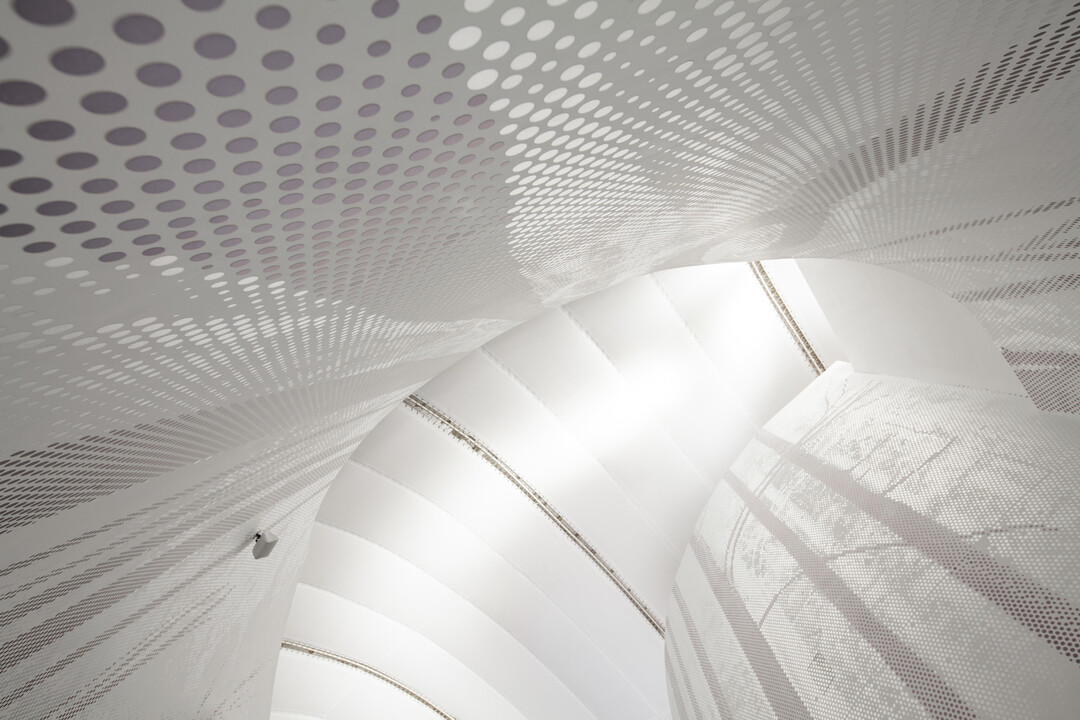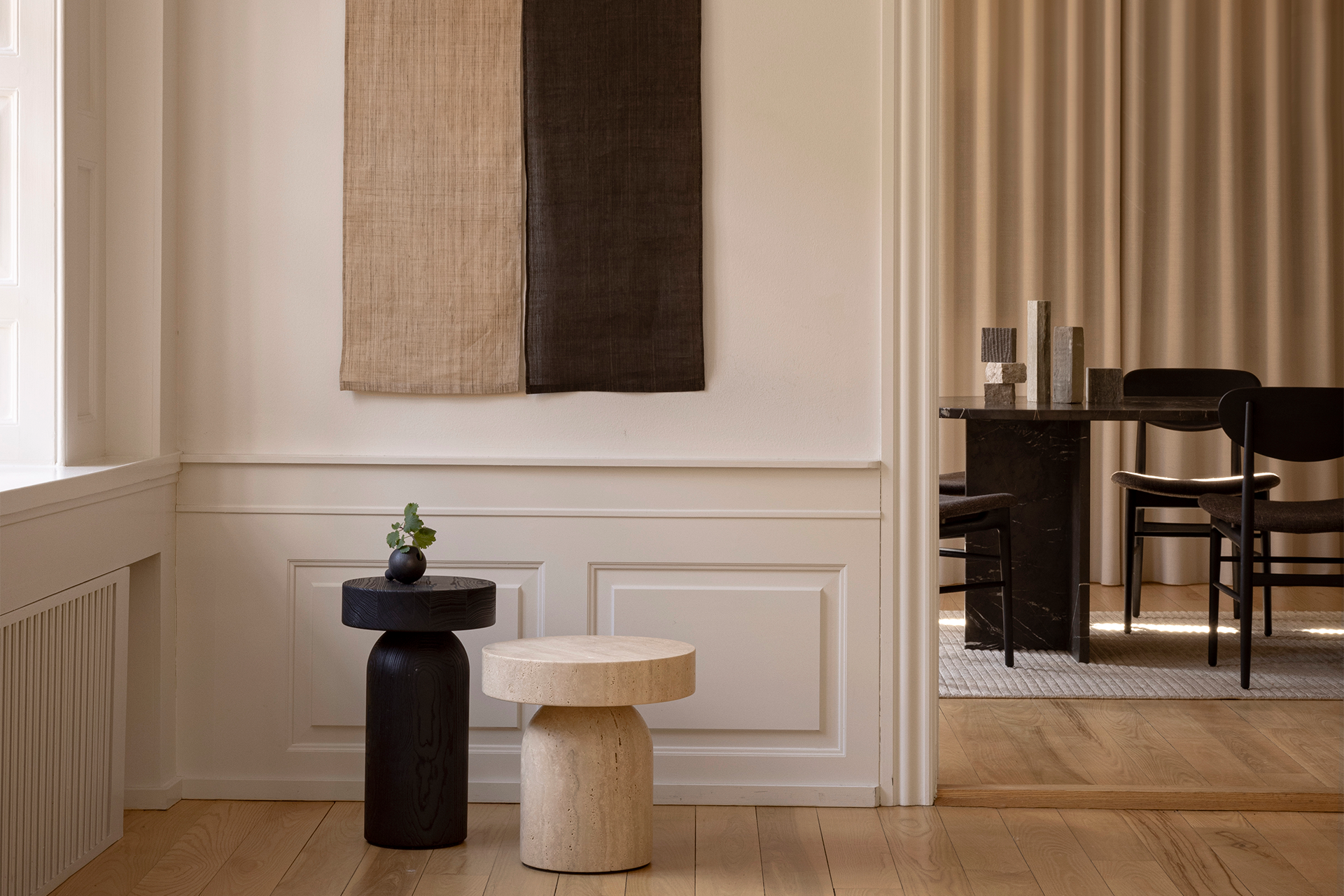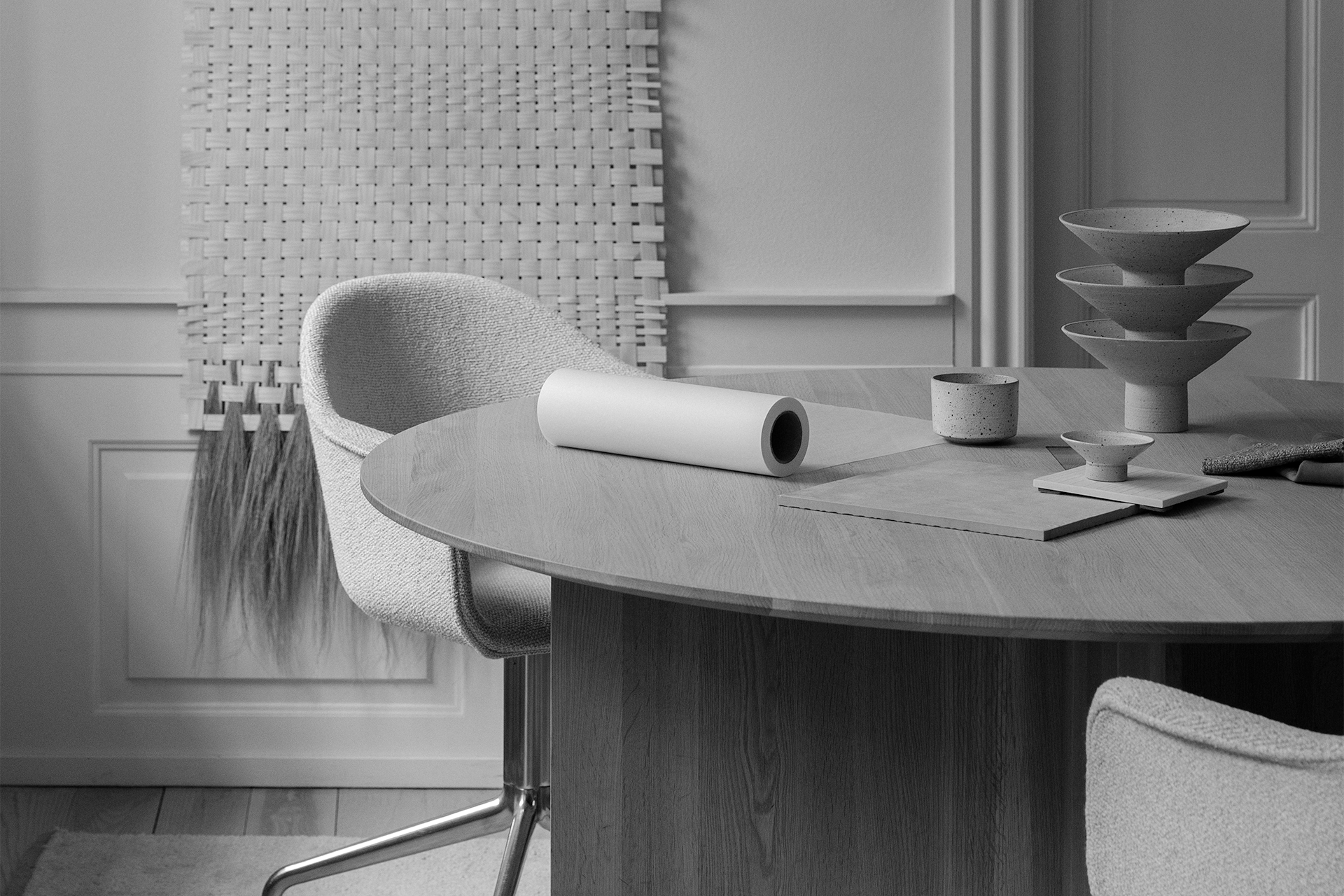
Members Only
加入會員後,點選Members Only即能閱讀更多完整文章及獨家內容。

回歸萬物本質,簡約中的不凡哲學
Q. 請和我們分享您對於感知與設計之間的關係見解,以及 Norm Architects 如何創造出豐富的感官體驗?
A.人們能感受在具體地點、時間與特定事物存在著,五感(眼、耳、鼻、舌、身)解構成千上萬的刺激,形成對所處環境的認知反應,在體驗整體氛圍後縮小感知範圍,利用感官洞察探索形狀、表面、密度、光線、聲音等細節 ; 對世界的整體理解,來自這些植入於身、心所產生的共鳴,這些體驗被嵌入我們的記憶中,形成了獨特的舒適感、安全感和對家的感受。
感官與生活體驗有著千絲萬縷的關係,牽動著當下與特定事物的連結。因此,以人為本的建築和設計方法能夠全面調和人與世界的關係,真實撼動所有感官從而提高生活質量。團隊在過程反問自己:「這個空間或物體應該為人們帶來什麼感覺?」答案指引了相關設計元素的選擇與安排,架構起物質與內在溝通的橋樑,不僅透過二維繪圖或模型來揣摩未來變化,過程需要將自己的感官記憶與融入,藉由想像某些聲音、紋理、音量和氣味帶來的同理感受,構成人與人之間交流的語言,邀請人體感受它。
